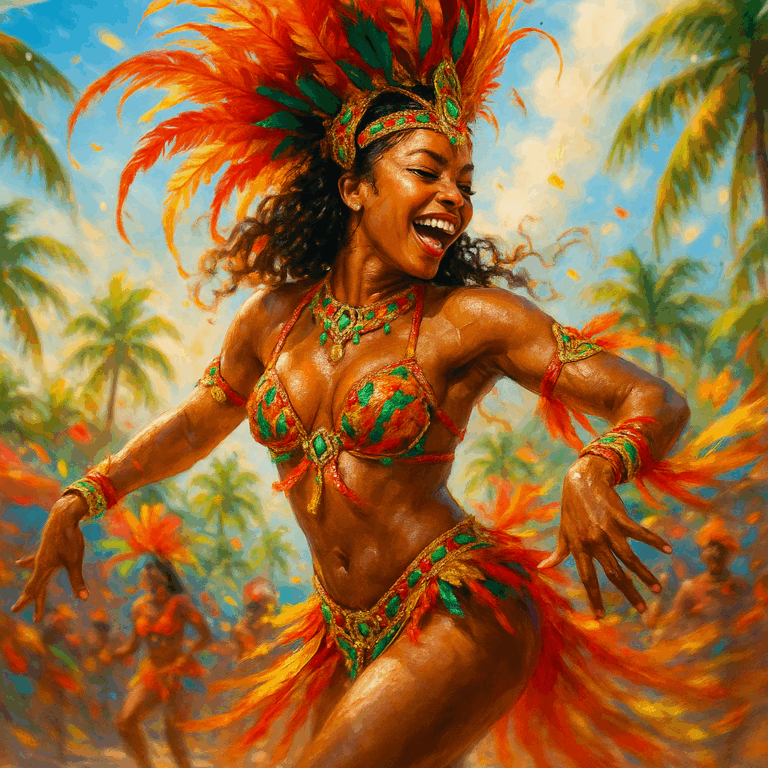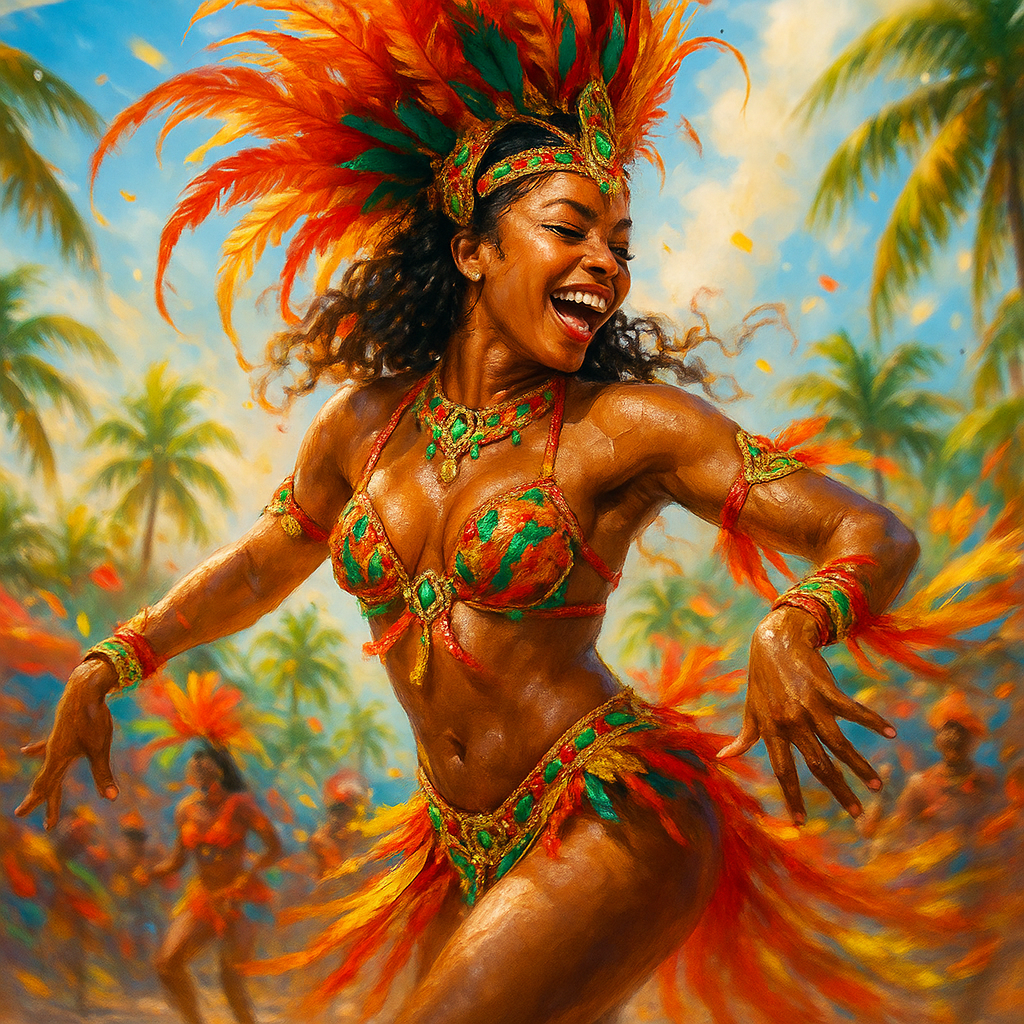Soca: The Heartbeat of Caribbean Celebration
When the rhythmic pulse of soca music fills the air, it’s impossible to stand still. This electrifying genre is more than just music – it’s a vibrant expression of Caribbean culture, joy, and resilience that has captivated audiences around the world.
Originating in Trinidad and Tobago during the early 1970s, soca emerged as a dynamic evolution of calypso music. The term “soca” is believed to be a combination of “soul” and “calypso,” coined by legendary musician Lord Shorty (Garfield Blackman), who is credited with creating the genre. Lord Shorty sought to modernize traditional calypso, infusing it with East Indian musical influences that reflected the diverse cultural landscape of Trinidad and Tobago.
Historical Roots and Cultural Significance
Soca’s birth was revolutionary. It represented more than just a musical style – it was a cultural statement that celebrated the multicultural heritage of the Caribbean. By blending traditional calypso with elements of Indian music, Lord Shorty created a sound that spoke to the complex history of the islands, where African, European, and Indian cultures had intersected for generations.
The music quickly became synonymous with Caribbean carnival celebrations, particularly Trinidad’s world-famous Carnival. Its high-energy beats and infectious rhythms perfectly captured the spirit of freedom, resistance, and jubilation that carnivals represent. Soca became a vehicle for cultural expression, allowing artists to comment on social issues, celebrate community, and create pure, unbridled joy.

Musical Characteristics
Soca is characterized by its fast-paced, uptempo rhythm, typically ranging between 130-160 beats per minute. The genre features prominent percussion, brass instruments, and synthesizers that create an irresistible dance sound. Unlike its predecessor calypso, which was more narrative-driven, soca focuses on creating an immersive, high-energy musical experience designed to make people move.
Instrumentally, soca often incorporates traditional Caribbean percussion like steel drums, along with modern electronic elements. The result is a sound that is simultaneously rooted in tradition and thoroughly contemporary.
Notable Artists and Their Impact
Several artists have been instrumental in shaping and popularizing soca music globally:
1. Machel Montano: Often called the “King of Soca,” Machel Montano has been a driving force in the genre since childhood. His innovative approach has helped bring soca to international audiences, collaborating with global artists and pushing the boundaries of the music.
2. Destra Garcia: Known as the “Queen of Bacchanal,” Destra has been a powerful female voice in soca, creating infectious tracks that embody the genre’s celebratory spirit.
3. Bunji Garlin: A pioneer of “Soca Warrior” style, Bunji Garlin has been crucial in evolving the genre, incorporating elements of hip-hop and electronic music while maintaining soca’s core energy.
Global Influence and Experience
Today, soca has transcended its Caribbean origins, influencing global music scenes and becoming a staple at festivals worldwide. Caribbean diaspora communities have been instrumental in spreading the music, hosting soca events, carnival celebrations, and dance parties that keep the culture alive.
To truly experience soca, one must attend a Caribbean carnival. Trinidad and Tobago’s Carnival remains the ultimate destination, but similar celebrations occur in other Caribbean nations, as well as in cities with large Caribbean populations like New York, London, and Toronto.
“Soca is more than music – it’s a lifestyle, a celebration of life itself,” says Machel Montano, capturing the essence of this dynamic genre.
Contemporary Evolution
Modern soca continues to evolve, incorporating elements of dancehall, hip-hop, and electronic dance music. Artists are constantly experimenting, ensuring the genre remains fresh and relevant while maintaining its core identity of celebration and cultural expression.
The music reflects the Caribbean’s ongoing story – a narrative of resilience, creativity, and unbridled joy. Each beat tells a story of survival, community, and the incredible power of music to unite and uplift.
For those looking to understand Caribbean music, soca offers a perfect entry point. It’s a genre that demands participation, inviting listeners not just to hear the music, but to feel it, dance to it, and become part of its living, breathing culture.
Whether you’re experiencing it during Carnival, at a local Caribbean festival, or through a carefully curated playlist, soca promises an experience that goes far beyond mere listening – it’s a full-body, full-spirit celebration of life itself.




